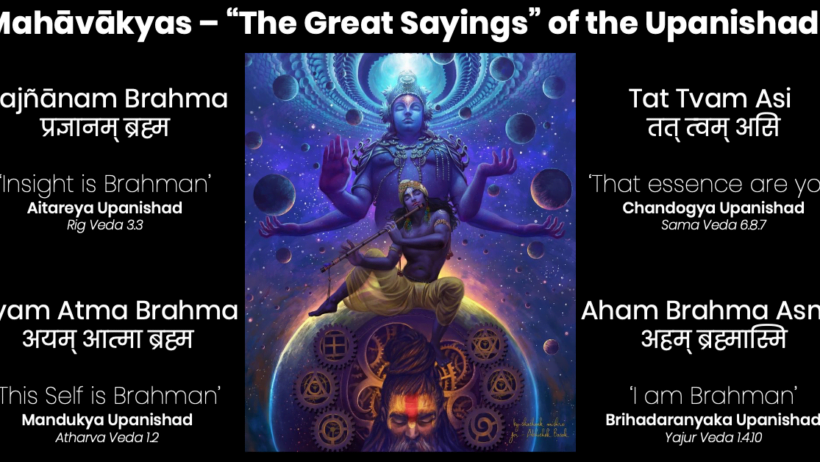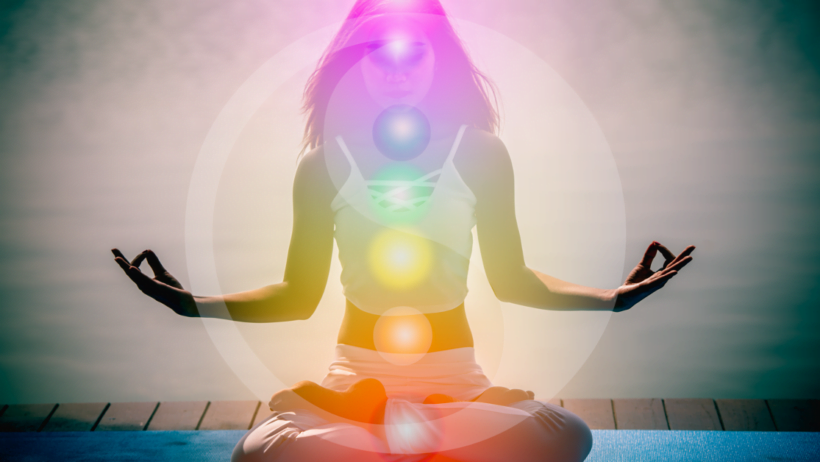Introduction
Surgeons are in a unique and privileged position. We are permitted, legally permitted, to inflict pain. Our patients ask us to do this for reasons of recurrent physical conditions, sometimes with associated psychological symptoms and sometimes, even for cosmetic conditions. An entire medical speciality called anaesthesia was created to support our endeavours.

With the ever-growing popularity of ‘minimal access approaches’ for a range of surgical conditions, surgeons are performing a number of procedures awake under local anaesthesia as opposed to the patient ‘asleep’ under general anaesthesia. This combination of reduced surgical ‘trauma’ and local anaesthesia use has resulted in reduced post-operative pain and quicker recovery time from surgery as well as from anaesthesia.
Local anaesthesia has variable effects on patients and is also dependent on the technique of infiltration of the agent. A number of different adjunct techniques can be used to reduce the patients’ perceptions of pains, thereby increasing its efficacy. Many surgeons will be employing some of these techniques knowingly or unknowingly.
Pain has a significant neurological component and some forms of pain-killers, act on neural pathways to disrupt them. However, even the most innocuous pain-killers, are not without potential short-or long-term consequences. Given the neurological component, it seems logical that a neurological process may be able to modulate the pain response. I have used the insights gained from meditation as well as my own personal experience with patients in the operating theatre to describe the common meditation and mindfulness techniques and how they work. You don’t need to be a meditator to use the insights gained in the article.
Managing expectations
Few things are worse for the experience of patients and people in general than fear, especially fear of the unknown. For this reason, these techniques are probably not suitable for acute (or chronic) undiagnosed pain. If the symptoms are acute or severe, you should seek medical attention.
Managing expectations, as well as the fear of patients, is important pre-operatively especially if you will be performing the procedure with the patient awake. Ideally this should be performed in an environment away from the operating theatre or procedure room with plenty of time for the patient to absorb the information and ask questions. The steps of the procedure should be explained to the patient.

Local anaesthesia is extremely effective if used properly and the patients’ expectations managed. Local anaesthetics selectively block pain receptors, however those receptors for pressure and temperature are still active, and the latter more relevant if diathermy (electrical cautery devices) are used. Local anaesthesia itself requires an injection with a needle. Some patients find this very distressing and this can be reduced using some of the techniques mentioned later as well as the use of a topical local anaesthetic applied to the injection site 30-40 minutes before the procedure. Sometimes the procedure can be done entirely under topical local anaesthesia and using some of the adjuncts described. The infiltration of local anaesthesia itself causes a short-lived stinging sensation before pain receptor blockage.
Attention – distraction
One of the easiest ways to ameliorate most mild forms of pain is to simply take your mind off it. Engage yourself in an activity, listen to some music or go for a walk. Most mild or short-lived causes for pain will subside.
Perhaps the best use of distraction was employed by one of my former trainers, Ian Franklin, who was one of the first to popularise the treatment of varicose veins in a clinic setting under local anaesthesia.
He had a number of techniques at his disposal but perhaps the most effective were:
1. He would allow patients to choose their own music to listen to during their operation. I would say that it is essential to give patients the right to choose their music or to not have any if performing procedures under local anaesthesia. The choice can greatly affect the patients experience of the procedure.
2. He would engage the patients during the procedure, explaining to those interested the steps of the procedure on the ultrasound monitor.
3. The piece de la resistance was the which nurses employed to monitor and converse with the patient. One nurse in particular, let’s call her ‘Polly’, was perhaps the most talkative nurse in South East England at the time and she could keep patients occupied in conversation for the entire duration of the procedure. This no doubt had a massive impact on the patients’ consistently positive experience of the procedure.
Conscious breathing.
We’re all told to take deep breaths at a time of stress, anxiety, pain; childbirth. For breathing to be truly effective, it needs to be conscious. That is, to put your focus and full attention to your breathing. Taking deep breaths in through the nose, feeling how the air, its warmth, and flow feels as it enters your nose, airways, expands your chest and abdomen. On the exhalation, feel the relaxation in your abdomen and chest, feel the warm air leaving your airways and gently exhale it out of your mouth. The exhalation should last slightly longer than the inhalation. Every time you get distracted, especially by pain, go back to the breath and focus.

Breathing into the pain
In Vedic tradition, the breath is said to carry ‘Prana’, the vital life force that animates all living things. The breath is said to be healing by its very nature and is employed in a number of techniques that employ visualising breathing into the pain.
Now, you don’t need to believe in Prana to try this and it is likely that this is effective because the process of visualisation distracts the patient from the pain. That being said, it is simple to perform and perhaps a little more effective than conscious breathing. I can personally verify the efficacy of this technique both on myself and with patients during surgery.
Awareness techniques
These techniques are effective for moderate to severe pain but do require some practice although there are some who are extremely adept and pick these techniques up quickly. They are effective for chronic ailments such as back pain (as previously mentioned, undiagnosed acute or recurrent pain usually requires medical attention).
If you break down pain, beyond any noxious stimulus (such as a burn) that may have precipitated it, it consists of an internal body sensation and associated thoughts and perhaps mental images, emotions and memories. Although the entirety of the experience may seem overwhelming, when broken down, the internal body sensation doesn’t seem as ‘harmful’ or ‘damaging’ without its associated negative thoughts. Similarly, the thoughts associated with the pain can be observed and their transient nature revealed.
It makes sense that conscious perception of pain is better tolerated than tolerating the pain alone.
Body scan meditation
Body scan meditation is a mindfulness practice that is gaining increasing popularity in pain management and pain clinics. It is especially useful for those with chronic pain. As mentioned, pain consists of more than just the physical sensations in the body and always involves thoughts, and often emotions and personal beliefs. Chronic pain can also cause negative emotions such as anger, sadness, desperation and anxiety making their management even more complicated and symptoms often worse.
Pain related thoughts arise spontaneously and most of the time we do not place our conscious awareness on them. Aware of them or not, these negative though associations work at a subconscious level and no doubt make patients ‘perceptions’ of pain worse.
Body scan meditation is said to help with the experiences associated with pain including those that can exacerbate pain such as emotion by placing awareness on them. There is a growing body of research in the peer-reviewed scientific literature attesting to its efficacy in reducing the intensity of perceived pain. This form of mindfulness allows us to change our relationship with pain for the better, instead of feeling like we are being held captive by it.
Techniques for body scan meditation
1. Bring your awareness to the internal sensations in the body region by region. Acknowledge whatever sensations are present, without judgment. Notice those areas where the pain is more intense or more diffuse compared to those where it is more localised. Just allow these areas to ‘soften’ before moving on to the next region
2. Focus on the breath as you are bringing attention to the different areas of the body. Many people tend to hold their breath or conversely hyperventilate in situations of pain, neither of which are in any way helpful. Bringing your attention back to your breath. This regulates the breathing and helps avoid shallow breathing that can exacerbate the sensations. As mentioned earlier, breathing into pain has a naturally calming effect
3. Bring your awareness to the thoughts and emotions that may be accompanying the sensations. There may also be memories or mental images.
By doing this you are disentangling the somatic (body) features of pain with the mental characteristics. With all pain, the two always arise together.
We all have a unique perception of pain that can vary day by day even hour by hour. Understanding the components of pain is important if one is to manage it with mindfulness. Body scan meditation may significantly reduce pain and suffering, even if the causative factor is still present.
(for a free downloadable body scan meditation click here).
Detachment from pain
This is perhaps the most difficult technique to ‘master’. However, if you have time for nothing else or if in an extreme situation then this technique may be effective (and anyway, you have nothing to lose!). It involves detaching yourself from the pain at a deep level and becoming the ‘witness’ or observer of the pain. There has to be a deep belief that you are not the ever-changing and healing body that is experiencing pain, that the thoughts associated are temporary and fleeting and you are that who is ‘witnessing’ the pain. If done earnestly, this will cause immediate separation of the pain and the perceiver of the pain. As an Advaita Vedanta practice of awareness, I practice this technique often when I experience the back discomfort of sitting for long periods in meditation. I have also used it to great effect when I burned my hand on a 300-degree paint stripping gun. You may want to start with the niggly back pain though! The experience that I have when using this for focal (usually musculoskeletal) pain is the perception of the pain ‘melting’ away. Using this technique in the situation of the burn, the process definitely modulated the deep ‘internal’ pain to the point that it was negligible. The perception of pain superficially on the skin was also reduced significantly but not completely eliminated.
Whether you use any of these techniques or not, it is empowering to not be reliant on pain-killers and to know that pain itself is not a faceless intruder.
Article by Vikas Pandey MD FRCS
Vikas Pandey is a consultant surgeon based at West Hertfordshire Hospitals NHS Trust and teaches meditation on Harley Street, London.


